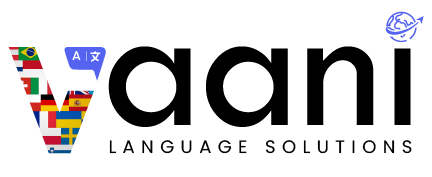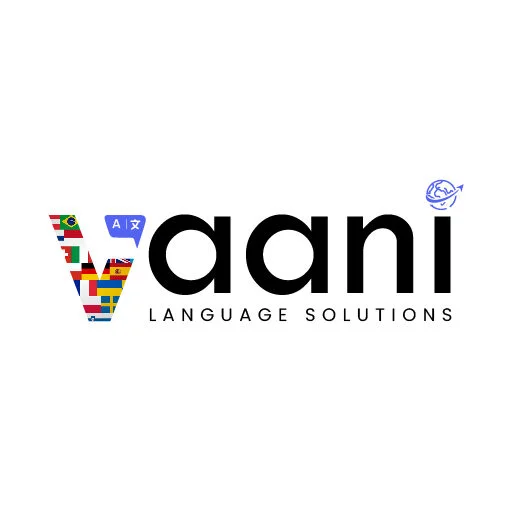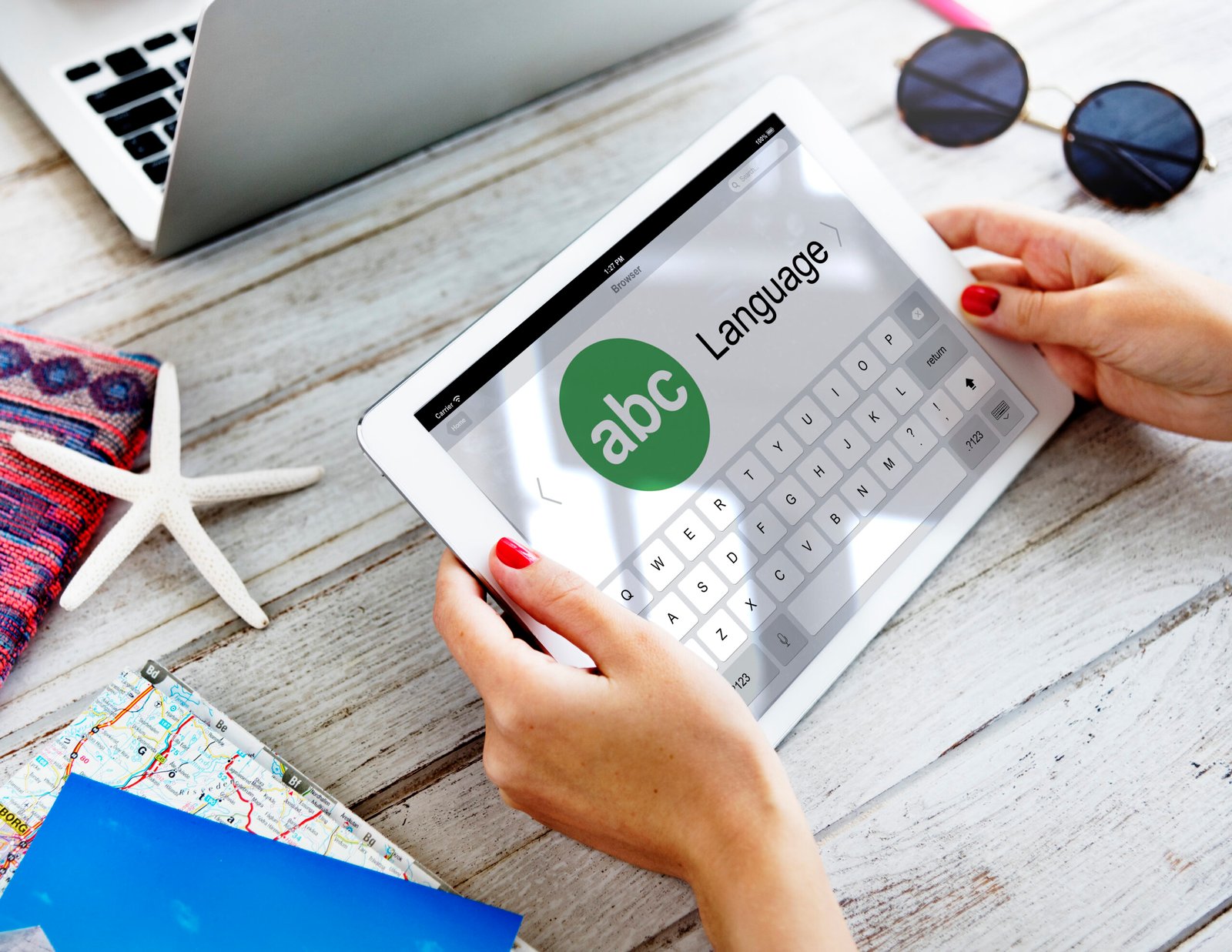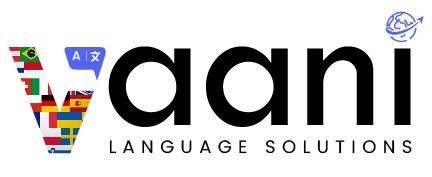In an increasingly interconnected world, the fusion of languages has become a fascinating and
integral aspect of our globalized society. The phenomenon in order to translate language fusion
goes beyond the mere coexistence of multiple languages; it delves into the intricate ways
individuals navigate and express their identities in multicultural and multilingual environments.
This article explores the translation services fusion, shedding light on how it shapes and reflects
the rich tapestry of multilingual identities.
The term multilingual Environment
Imagine a world where everyone speaks a different professional translator, but still manages to
understand each other! That’s kind of what happens in places with lots of different cultures,
where languages mix and mingle like colors in a painting.
People who live in these “multilingual landscapes” often find themselves speaking two or more
languages, weaving them together like a magic carpet that carries their thoughts and ideas. This
special way of talking can show who they are and where they come from, all at the same time.
Think of it like borrowing words from your friends and family, and adding them to your
vocabulary to create something new and exciting. That’s what “language fusion” is all about!
So, next time you see someone switching between languages like a superhero or hear a word
that sounds like a mashup of two others, remember – it’s not just a mistake; it’s a beautiful sign
that the world is getting a little more colourful and a lot more interesting!
Handling Multilingual Identity
The process of integrating multiple translation services into one’s identity is intricate, with each
language adding its subtleties to a person’s expression. This dance is not just about language
flipping; rather, it is a dynamic fusion that produces a new linguistic form, a unique dialect that
represents each person’s experiences, cultural background, and communities they are a part of.
Code-switching as a Form of Fusion
Code-switching is a well-known example of language fusion in action, where speakers fluently
switch between professional translators during a single conversation. This language use reflects
the speaker’s complex identity in addition to serving as an efficient communication tool. By
utilizing code-switching, people can incorporate various linguistic resources to craft a distinctive
linguistic identity.
Growing Up Biculturally and Linguistically
Along with their language translation services and skills, people who are raised in bilingual or
multilingual environments frequently acquire a bicultural identity. Their worldview is shaped by
the blending of cultural elements from various backgrounds, which affects everything from their
artistic expression to their interpersonal relationships. An identity that is rich and varied and
goes beyond language barriers is the product of this blending of cultures.
The Impact on Global Understanding
Language fusion has profound implications for global understanding. As individuals navigate the
complexities of multilingualism, they contribute to a broader narrative of cultural exchange and
collaboration. The ability to seamlessly integrate languages fosters empathy, breaking down
linguistic barriers and promoting a more inclusive and interconnected world.
Challenges and Opportunities
While professional translator fusion brings about a harmonious blending of identities, it is not
without its challenges. The potential for miscommunication and misunderstandings exists,
especially when linguistic nuances are not fully grasped. However, these challenges also
present opportunities for learning and growth, encouraging individuals to engage in open
dialogue and foster a deeper understanding of diverse linguistic and cultural landscapes.
Language fusion is a dynamic force that shapes and reflects the diverse identities of individuals
within the mosaic of our global society. As we successfully negotiate the challenges of
multilingualism, language integration emerges as a potent instrument for promoting intercultural dialogue and international harmony. Language fusion is a celebration of the rich diversity that unites us as a global community and defines each of us as unique individuals. It is more than just a linguistic phenomenon.
Conclusion
Being a professional translator fusion and the blending of multiple identities reveals a symphony
of personal complexity and cultural richness. Through code-switching and the blending of
cultural elements, languages interact dynamically to create a tapestry of identity that is not
limited by a single language. People add to a larger global story of interconnectedness as well
as their narratives as they negotiate the challenges of multilingualism.
With all of its difficulties and advantages, language fusion is proof of the value of variety in
promoting harmony and understanding. We welcome a future where linguistic diversity becomes
a source of strength, tying together the strands of our shared human experience, as we
celebrate the complex dance of multilingual identities







